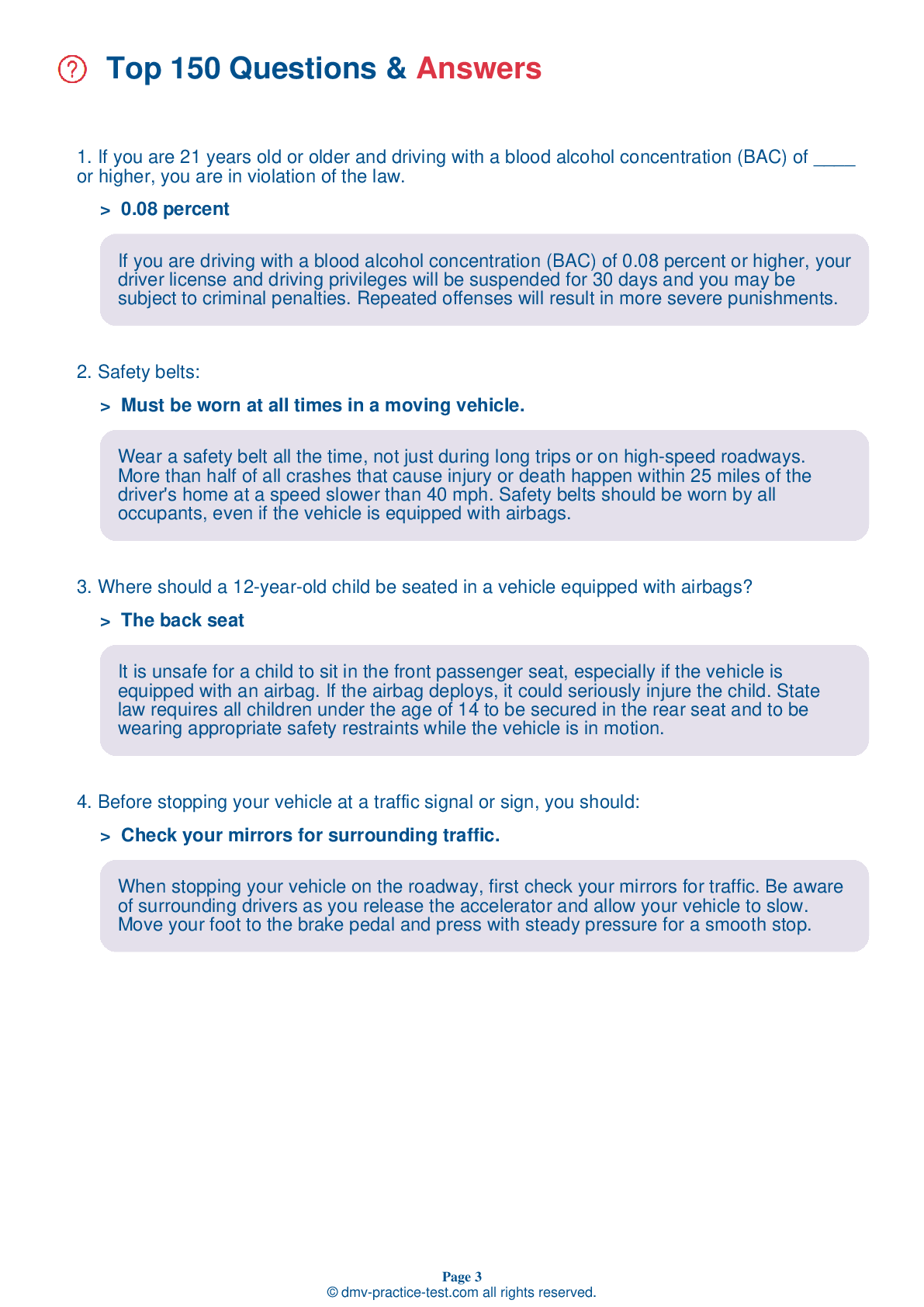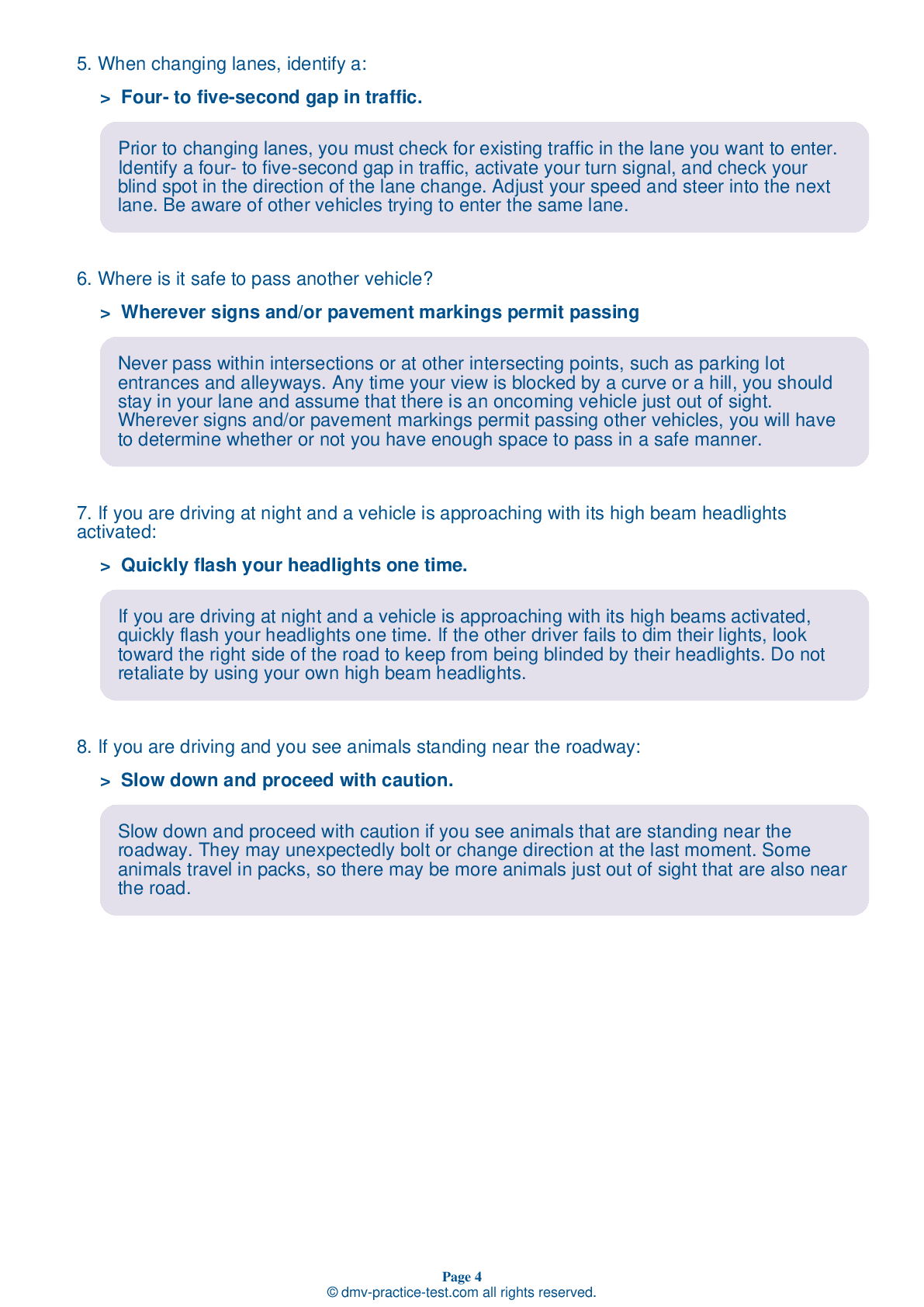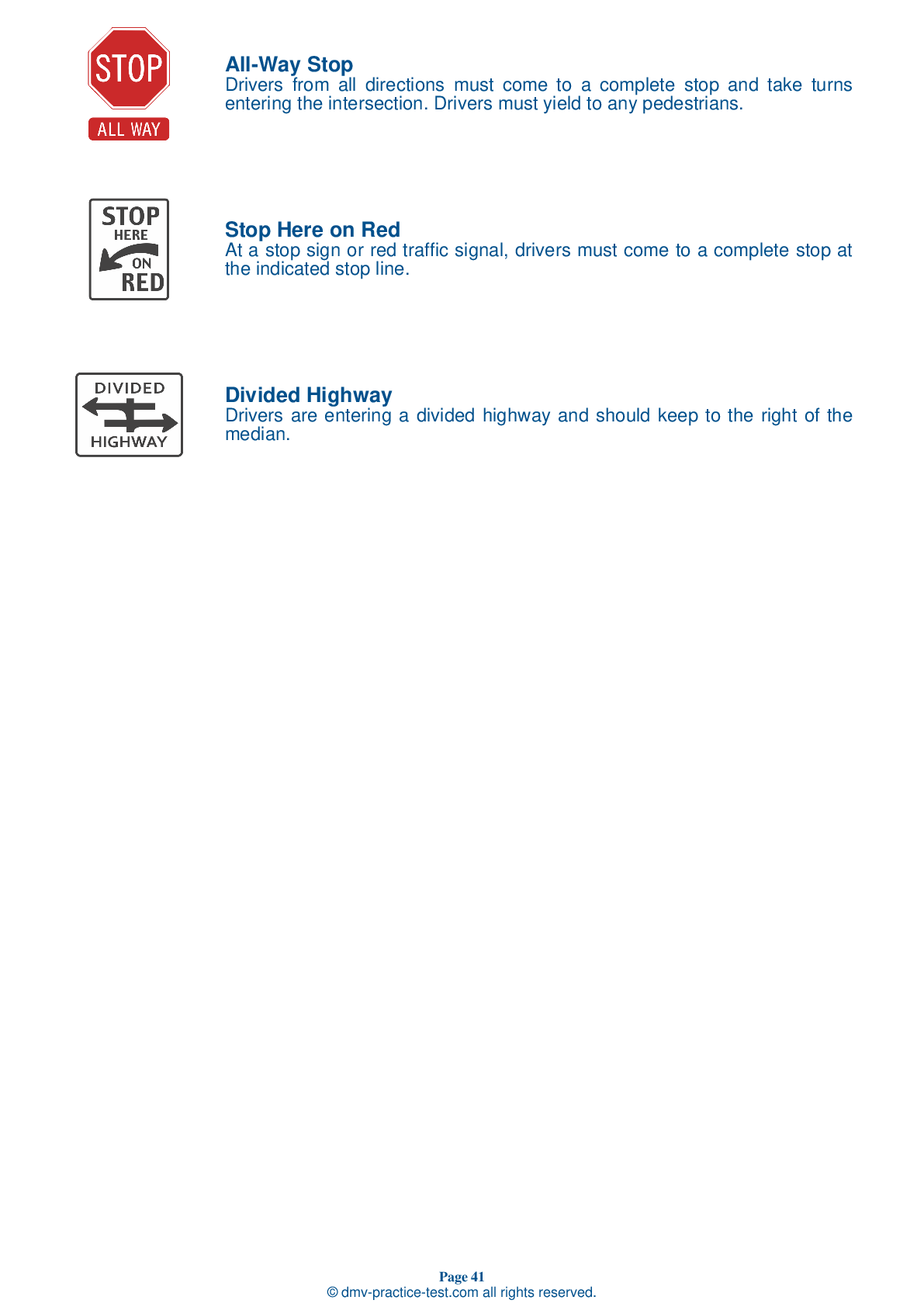FREE Kansas DMV Practice Test #23
In Kansas, the DMV practise tests have been revised for January 2025. It includes questions based on the Kansas Driver Handbook's most essential traffic signals and regulations for 2025. Use actual questions that are very similar (often identical!) to the DMV driving permit test and driver's licence exam to study for the DMV driving permit test and driver's licence exam.
On the practise exam, each question gets a tip and explanation to help you remember the concepts. The written component of the official Kansas DMV test will include questions about traffic rules, traffic signs, and driving statutes, as well as information from the Driver Handbook.
To obtain a passing grade, you must correctly answer 20 of the 25 questions. Take our DMV practise exam to help you prepare for your Kansas instruction permit or driver's licence.
The DMV exam is available in several languages.
Using any kind of testing assistance will result in an automatic fail, and the DMV may take additional action against your driver's licence, so stay away from it.
1 . When driving in fog or mist, never put your headlights on the high beam setting because:
In foggy or misty conditions, you should not use your headlights on their high beam setting because the light will be reflected back into your eyes.
2 . The traditional mirror setting:
After your seat is properly adjusted and you are seated in an upright position, adjust the left side view mirror to see the left edge of the vehicle and adjust the right side view mirror to see the right edge of the vehicle. This is a traditional mirror setting that may be most appropriately used by drivers of trucks, vans, and SUVs when towing or backing in tight areas.
3 . You are driving on a city street and see an emergency vehicle with flashing lights behind you. What should you do?
You must yield the right-of-way to any emergency vehicle that is using its siren and lights. Drive to the right edge of the road and stop until the emergency vehicle has passed. If you are within an intersection, drive through the intersection first and then stop.
4 . When approaching an intersection that is controlled by a flashing red traffic signal, you must:
Treat a flashing red traffic signal the same as you would treat a stop sign. Come to a complete stop, yield to oncoming traffic or pedestrians, and proceed when the way is clear.
5 . This road sign means:

An octagonal sign always means stop. When approaching a stop sign, you must come to a complete stop at the marked stop line and proceed only when it is safe to do so. If there is no stop line, stop before the crosswalk. If there is no crosswalk, stop before the intersection at a point from which you can see oncoming traffic.
6 . Use your headlights on rainy, snowy, or foggy days:
On rainy, snowy, or foggy days, it may be difficult for other drivers to see your vehicle. Under these conditions, headlights make your vehicle easier to see. If the weather requires you to turn on your windshield wipers, you must also turn on your low beam headlights.
7 . The driver ahead of you stops at a crosswalk. What should you do?
You must not pass a vehicle that is stopped at a crosswalk. There may be pedestrians crossing the street that you cannot see. Instead, stop, proceeding only after all pedestrians have crossed.
8 . This road sign means:




